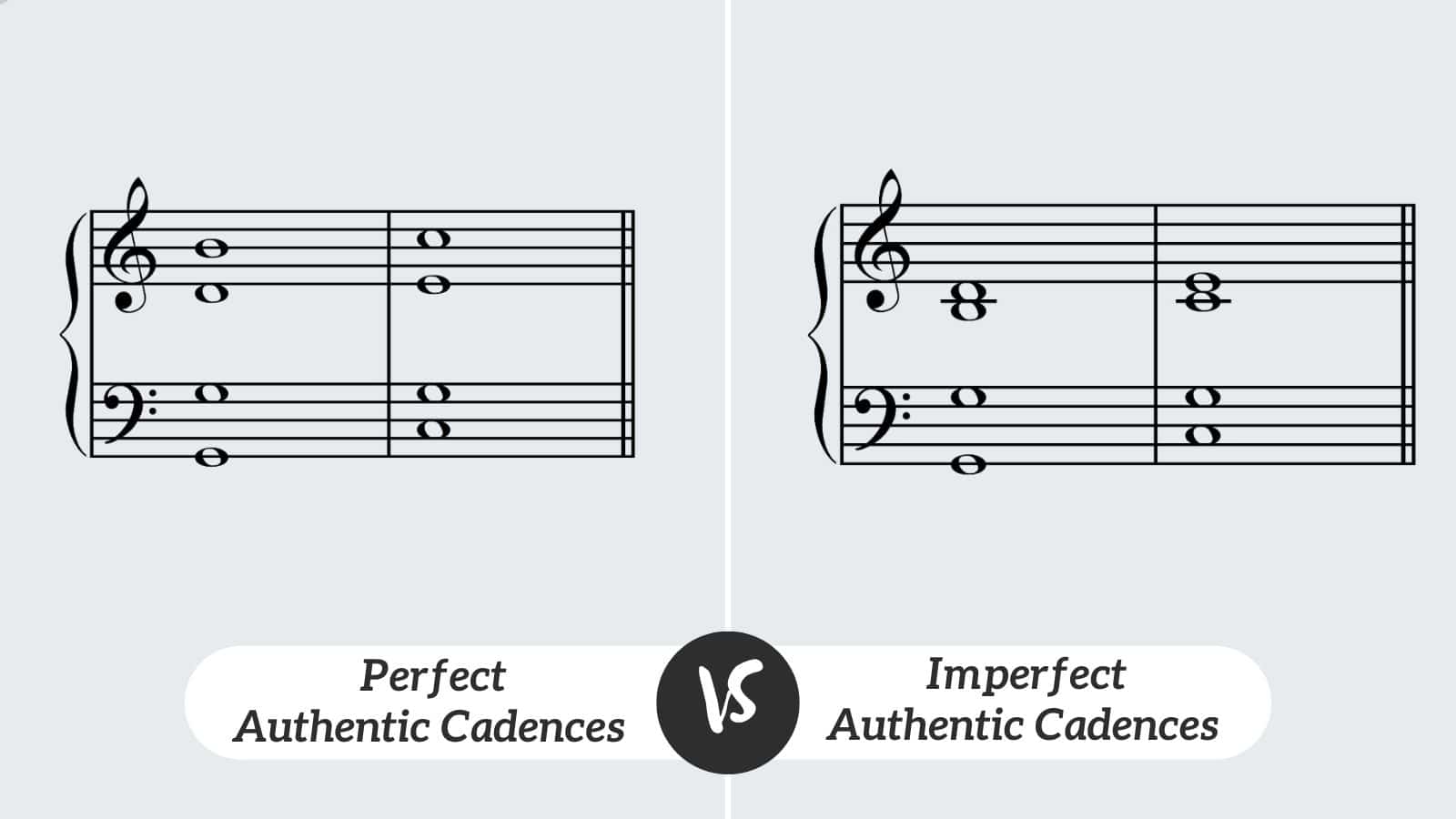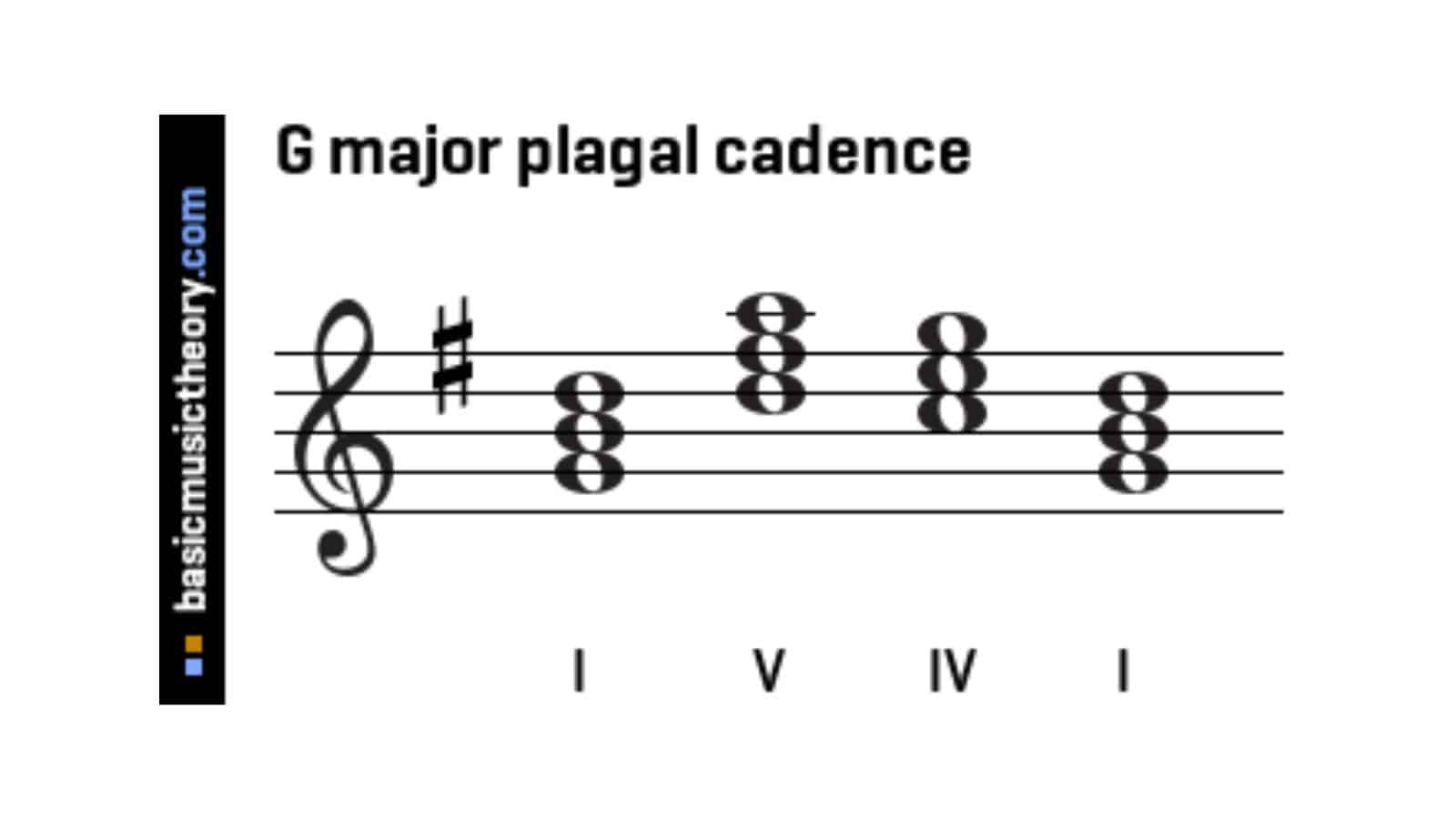
Cadence in music is a little like cadence in speech. It is not dissimilar to the form of a sentence, just like this one.
Human speech tends, almost regardless of language, to have a natural rhythm that leads towards a close of a phrase or the opening into a new one. In music, this is more audibly evident and easily spotted in the music of classical composers such as Haydn or WA Mozart.
Before we explore more deeply into a musical cadence, we will pause for a moment to peer into the linguistic and historic origins.
The word cadence stems from the Latin verb cadere which means to fall. This idea of falling and hence the adoption of the term cadence harks back to the world of Medieval polyphony and the music of one Italian composer Francesco Landini (1335 – 1397).
The falling cadence appeared extensively in his 14th Century polyphony and referred to the movement downwards of the tenor voice at the close of a piece. This fall was commonly by stepwise motion that brought the music to a recognisably formal finish.
As the tonal system gradually evolved out of the Medieval and Renaissance system of Modes, the cadence became increasingly important.
It underpinned the tonal system of keys and supported the fundamental orientation of music around tonic and dominant harmonies.
In turn, the cadence buttressed the movement towards regular or periodic phrasing that as the Baroque gave way to the Classical era became one of the defining features of the age.
On the other side of the story, as the music shifted yet again into the 20th Century, the tonal system of keys broke down. Arnold Schoenberg pioneered a brave new and highly dissonant way of thinking about harmony.
He proposed a system whereby every note of the chromatic scale was of equal value and successfully threw out the idea of tonality completely. Interestingly, cadence still exists in his music but is not recognisable in any kind of tonal fashion as it previously was.
Returning then to the grand era of the cadence; the Classical Period of music. I pick this particular area of musical history because as I previously mentioned, the obvious prevalence of cadences and cadence points is to be found here.
Perfect vs Imperfect Authentic Cadences
The Classical Era saw a strong reaction against the frivolity and guilt-edged ornamentation of the Baroque.
The enlightenment brought with it a new streamlined set of ideals that were poised brilliantly on lean, clear structures, balanced phrases and the guiding harmonic principles of a tonic, dominant system of keys.
Whilst there are always exceptions to any rule and twists of change to established conventions, the Classical Era saw phrase shapes form over regular numbers of bars.
These phrase shapes were reinforced by the cadence points that began and ended those phrases. The lengths of phrases would be something similar to four plus four bars or eight plus eight bars.
As you would expect, the phrase would open with the tonic chord but then form a half-close or imperfect cadence at the end of the first four or eight bars.
This then leaves the listener wanting more as the music has not resolved to the tonic but to the dominant chord. It sounds imperfect, or unfinished. It is a problem easily solved.
As the second phase now begins in the dominant key, it naturally concludes on the tonic chord in the final bar of the phrase. This closes the pair of equal phrases nicely on a perfect cadence. The section sounds complete as it has returned to the strongest chord, the tonic.
What this means in practical terms is that if you were for example writing in the key of D major, your first imperfect cadence would be a D to an A chord.
Your final or perfect cadence would be an A chord moving to a D chord and the finish of the section. It is a simple and tremendously effective method that not only sounds pleasing to the ear but upholds the newly founded ideas of the Classical era.
These established rules lasted well into the Romantic Era but increasing chromaticism eventually caused the system to break down.
When considering what is meant by the term authentic, this usually refers to the perfect cadence. What is required in theoretical language for an authentic cadence is in essence a chord based on the dominant chord of that key, followed by the tonic chord itself.
This is illustrated by the Roman numerals V – I. (Regarding the imperfect cadence then the figuring is reversed to give I – V).
There are slight variations on the voicing of the dominant chord in particular when working with four-part harmony such as JS Bach Chorales, but essentially this is how the cadence works.
Before bringing this article to its natural cadence point, I feel I should also mention two other types of cadence that complement the four most common cadencies found in tonal music.
Thought of by some as a variation or extension of the authentic cadence is the Plagal cadence. It is aligned with the authentic perfect cadence as it resolves to the tonic.
The difference here is that the plagal cadence doesn’t employ the dominant chord but the sub-dominant chord to precede the tonic. The sub-dominant is written as chord IV in Roman numerals.
Translating that into actual chords, if you were working in the key of G major then the tonic chord is G, the dominant D and the sub-dominant C. Thus, a plagal cadence in G would be IV – I or C to G major.
The sound of this cadence is common to many hymns and students are often taught to listen out for this particular sound when trying to aurally identify a cadence.

The final cadence in need of a few words is the interrupted cadence. This cadence has also been known as the deceptive cadence as it does not resolve to the tonic chord or the dominant.
Instead, the interrupted cadence uses chords V and VI and gives the impression of a hiatus in the music but neither a close nor half-close. If we adopt the key of G major again, this means chords D and E minor.
What you’ll notice is that the second chord (VI), is minor, distinguishing this cadence from all the others. It is very clever by many classical composers and brings additional colour to the regularity of Classical music.

